The Seesaw Effect refers to the phenomenon where focusing too much on one aspect causes a decline in another, akin to a physical seesaw where one side rises while the other falls. The concept, though often intuitive, is widely used across disciplines such as economics, psychology, management, and engineering. It captures the inverse relationship between two interconnected variables or priorities.
While no specific individual is credited with coining the term, the metaphor originates from playground seesaws, which perfectly illustrate how an imbalance in priorities or forces can tip the system.
In today’s digital era, the Seesaw Effect is particularly relevant in cybersecurity. Organizations constantly grapple with competing priorities, such as speed vs. accuracy, security vs. usability, and automation vs. oversight. Striking the right balance is critical to building a resilient security posture without overcompensating in ways that create new vulnerabilities.
—
The Seesaw Effect in Cybersecurity
Cybersecurity is a domain filled with trade-offs. For every improvement or enhancement in one area, there can be an unintended consequence or deficiency in another. Let’s explore how the Seesaw Effect manifests across key areas such as compliance audits, risk assessments, policy management, third-party risk management, and vulnerability and patch management.
—
1. Compliance and Audits: Security vs. Documentation
–The Seesaw Effect: Organizations often prioritize achieving compliance with regulations and frameworks, such as ISO 27001 or GDPR. However, focusing too much on documentation and audit-readiness can lead to neglecting actual security controls.
–Example: A company that spends excessive resources on maintaining spotless audit evidence might miss detecting real-time breaches or threats because its focus shifts away from active monitoring and response.
–The Balance: Automating evidence collection while ensuring that security controls are tested and actively enforced helps organizations maintain compliance without sacrificing security.
—
2. Risk Assessments: Granularity vs. Speed
–The Seesaw Effect: Risk assessments involve identifying and analyzing potential threats. However, focusing on detailed risk evaluation can delay decision-making, whereas prioritizing speed may lead to overlooking critical risks.
–Example: An organization may conduct highly granular risk assessments that take months, leading to delays in patching or addressing vulnerabilities. On the other hand, rushing assessments can leave out critical areas, exposing the organization to significant risks.
–The Balance: Adopting automated risk assessments using AI and machine learning can help achieve both speed and granularity.
—
3. Policy Management: Stringency vs. Usability
–The Seesaw Effect: Policies must be stringent enough to ensure security but also usable so that employees can adhere to them without resistance.
–Example: Overly strict password policies (e.g., requiring 20-character passwords changed every week) may lead to employees writing down passwords, increasing risks. Conversely, lenient policies can weaken the organization’s security posture.
–The Balance: Creating security policies that balance security with usability, such as password managers or MFA (multi-factor authentication), ensures effectiveness without burdening employees.
—
4. Third-Party Risk Management: Depth vs. Scalability
–The Seesaw Effect: Assessing third-party risks involves deep due diligence to ensure partners meet security standards. However, thorough reviews can slow down onboarding and scalability.
–Example: An organization performing exhaustive reviews of every vendor might face operational delays, while those relying on minimal assessments might onboard risky vendors.
–The Balance: Automating third-party risk assessments using predefined frameworks allows organizations to achieve both depth and scalability in their evaluations.
—
5. Vulnerability and Patch Management: Speed vs. Stability
–The Seesaw Effect: Rapidly deploying patches mitigates vulnerabilities but can disrupt systems or introduce new issues if not thoroughly tested.
–Example: A financial services company rushes to deploy a critical security patch without testing, leading to system downtime that impacts customer transactions. Conversely, delaying patches increases exposure to exploits.
–The Balance: Implementing automated vulnerability and patch management systems with testing environments ensures patches are applied quickly and safely.
—
Conclusion: Finding the Balance
The Seesaw Effect in cybersecurity underscores the need for balance. While focusing on one area may seem critical, it should not come at the cost of another essential component. Organizations must adopt a holistic approach that combines automation, AI-driven tools, and well-defined processes to maintain equilibrium.
In cybersecurity, balance is the key to ensuring security, compliance, and operational efficiency coexist seamlessly. Recognizing and managing the Seesaw Effect helps organizations thrive in an increasingly complex threat landscape.
For instance, leveraging platforms like Seconize DeRisk Center can help automate and optimize workflows across compliance, risk management, policy enforcement, and vulnerability management. By doing so, organizations can reduce the Seesaw Effect and achieve resilience without compromise.
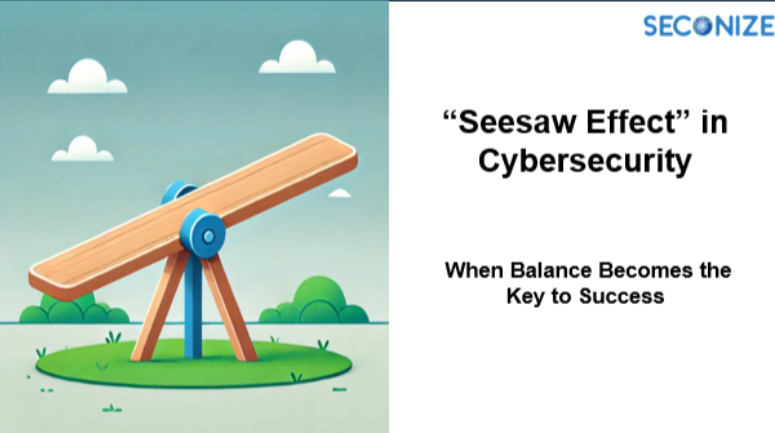
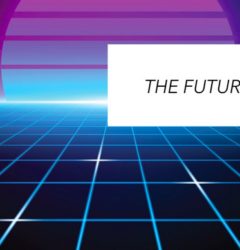
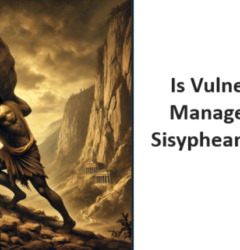

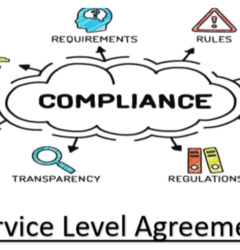

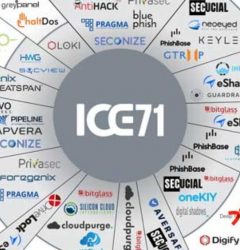

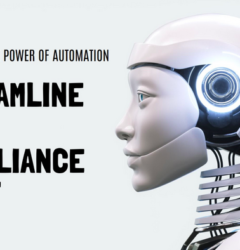


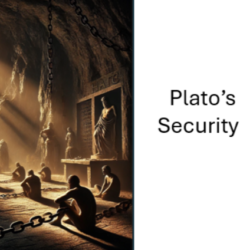




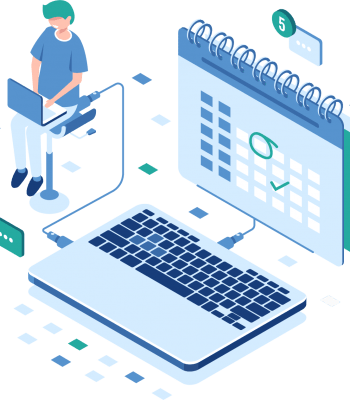

Recent Comments